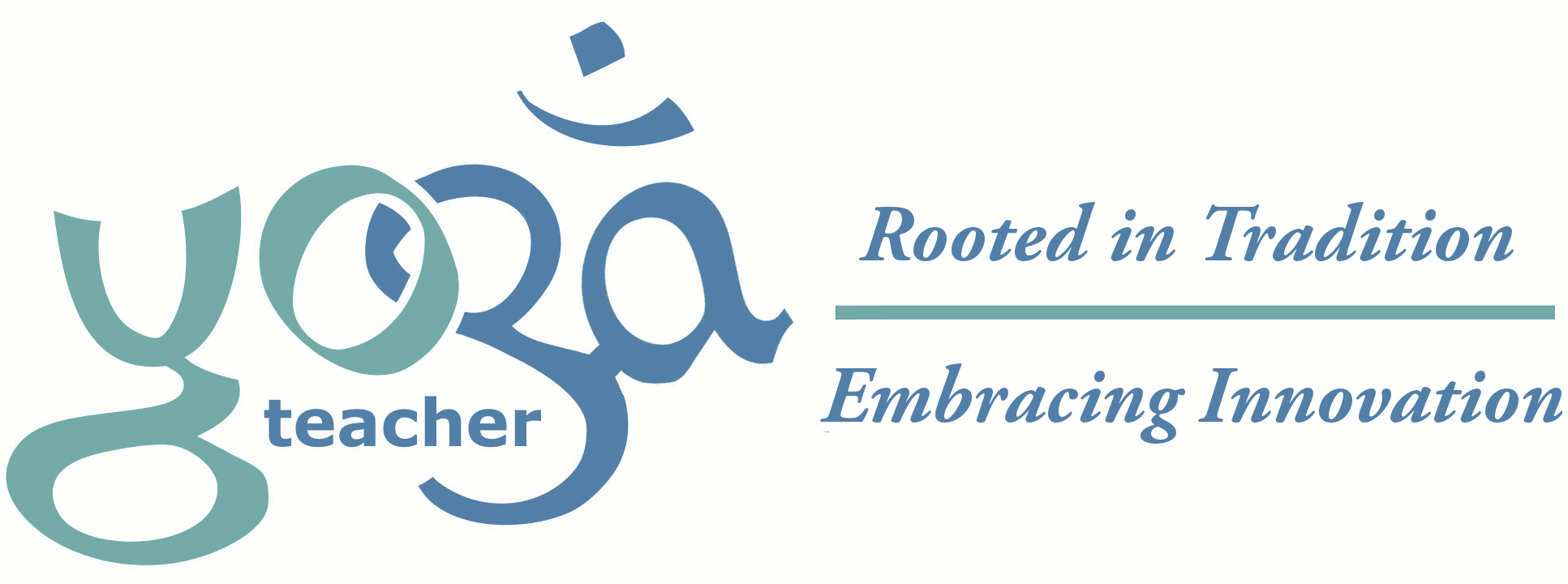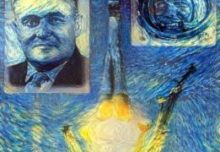Growing up, my father, who had degrees in physics, chemistry, history, sociology and philosophy, often wove multiple disciplines together in a lesson plan. In 6th grade he introduced me to algebra and exponential curves. Then he asked me to plot the history of technology on a graph, using technology for the vertical axis and time for the horizontal axis. The result is a beautiful example of an exponential curve.
My first point on the graph was the use of primitive stone tools 3.3 million years ago. 1.5 million years ago our ancestors to learn how to use fire. 100,000 years ago we discovered art. 50,000 years ago we started making boats. The Bronze age lasted 2000 years. The Iron Age lasted 600 years. The industrial revolution started in the late 18th century and 200 years later we walked on the moon. When I projected my curve into the future, it appeared to go vertical sometime in the early 21st century.
Then we talked about the cultural implications of new technologies. With the discovery of fire our diet changed, our teeth changed, our language, religion and almost every aspect of our culture was turned upside-down. But we had tens of thousands of years to adjust to fire and find our balance. Now change is so rapid that our culture cannot stretch fast enough, creating so-called generation gaps.
 Two hundred years ago it was easier to interact with your grandchildren. They were reading many of the same books that you read as a child, and playing the same games. Now teenagers struggle to understand their younger siblings! Fortunately, humans are more capable of adapting to change than we first thought.
Two hundred years ago it was easier to interact with your grandchildren. They were reading many of the same books that you read as a child, and playing the same games. Now teenagers struggle to understand their younger siblings! Fortunately, humans are more capable of adapting to change than we first thought.When I start to resent the changes forced on me by technology, I think back to the summer of 1975. I spent three months camping in a field on the West coast of Ireland. There were five or six small farms on our peninsula, and none of them had electricity, plumbing, or running water. There was only one teenager in the area, a boy about my age named Paul. I spent a lot of time with Paul and his family, helping out around their farm.
 We used pitchforks to gather the cut grass into haystacks. I helped dig peat from a peat bog which Paul’s grandmother used keep the house warm and cook lunch in the fireplace – every day the same – corned beef, potatoes, and soda bread. I helped milk the cows and carry the milk into town on a horse drawn cart. Paul’s father was a black smith and made his own tools. On certain low tides the whole family walked out on the mudflats to dig for cockles.
We used pitchforks to gather the cut grass into haystacks. I helped dig peat from a peat bog which Paul’s grandmother used keep the house warm and cook lunch in the fireplace – every day the same – corned beef, potatoes, and soda bread. I helped milk the cows and carry the milk into town on a horse drawn cart. Paul’s father was a black smith and made his own tools. On certain low tides the whole family walked out on the mudflats to dig for cockles.Paul’s mother shared that life on the peninsula had not changed much in 500 years. However, the past 40 years has brought nothing but change, starting with electricity, shortly after I left.
 If Paul still lives on the family farm, his new neighbors include an upscale Bistro called Rumours. After years of corned beef and potatoes, I like to imagine that Paul has chosen to embrace the benefits of the 21st century, rather than mourn the loss of the 15th century that he grew up in.
If Paul still lives on the family farm, his new neighbors include an upscale Bistro called Rumours. After years of corned beef and potatoes, I like to imagine that Paul has chosen to embrace the benefits of the 21st century, rather than mourn the loss of the 15th century that he grew up in.




